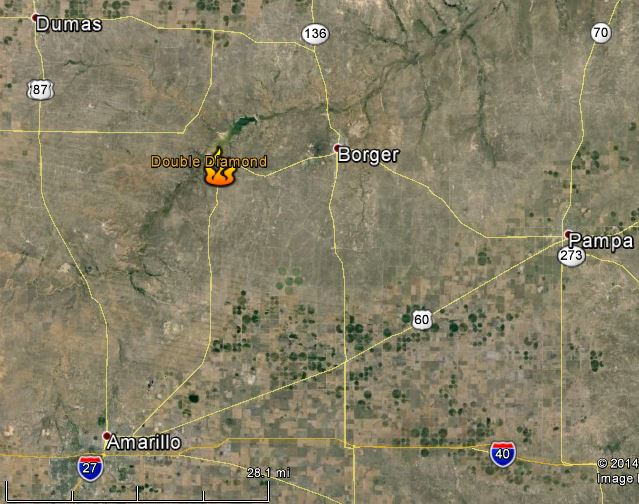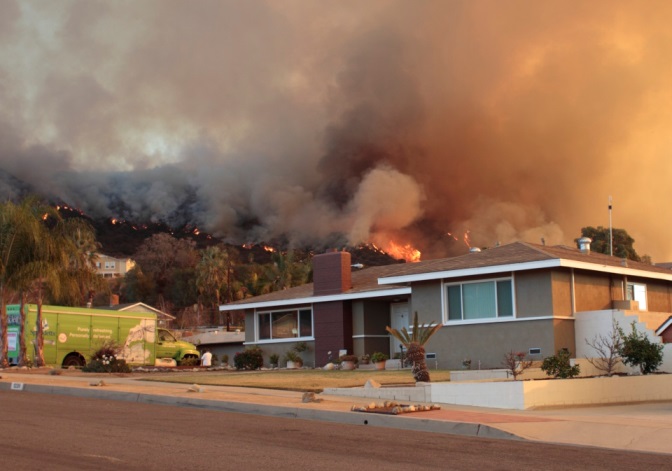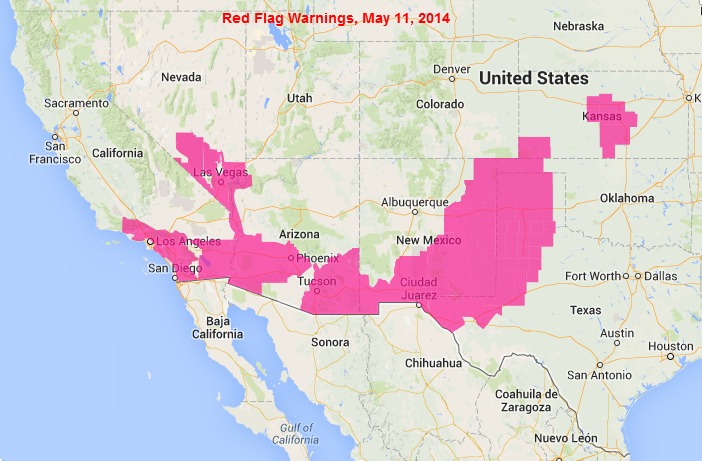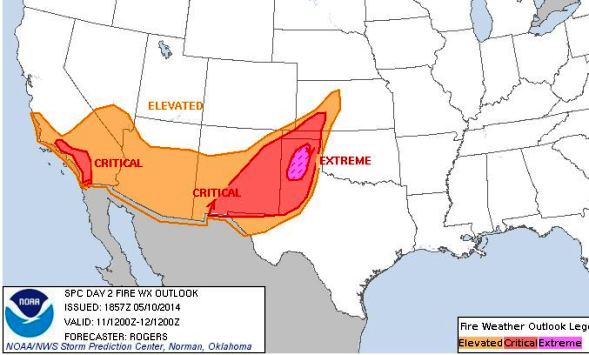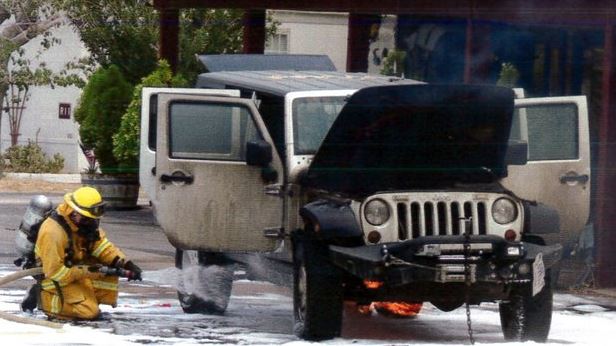(UPDATED at 9:25 a.m. MDT, May 13, 2014)

The Signal Fire 12 miles north of Silver City, New Mexico is now is now estimated at 4,700 acres with no containment. Although fire activity on Monday was significantly less than on Sunday, the fire continued to spread to the north and east. Several air tankers, including a DC-10, supported firefighters on the ground by dropping numerous loads of retardant on the perimeter of the fire.
A Southwest Area Type 2 Incident Management Team assumed command of the fire Monday.
****
(Originally published at 2:31 p.m. CDT, May 12, 2014; updated at 7:30 p.m. CDT, May 12, 2014 with a new map)
Firefighters are battling a new wildfire, the Silver Fire, 12 miles north of Silver City, New Mexico on the Gila National Forest. It started May 11 and has grown to about 3,000 acres with no containment. Sunday, the fire exhibited rapid fire spread and torching with spotting up to ¼ mile. The fire is burning in timber with a grass understory.
A Type 2 Incident Management Team is en route and is expected to assume command at 6 p.m. Monday.
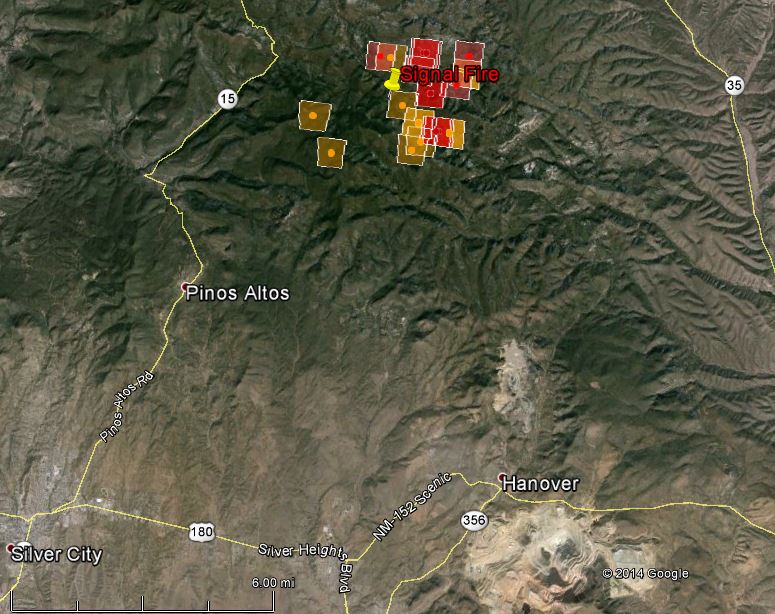
Resources assigned to the fire include:
- Crews: 1 Hotshot Crew and an unknown number of smokejumpers;
- 3 Engines
- Aircraft:
- 8 air tankers: including one very large air tanker, 3 Type 2 air tankers, and 4 Single Engine Air Tankers;
- 5 helicopters
- 3 air attack, 1 Aerial Supervision Module, and 1 lead plane
Residents in the vicinity of Signal Peak have evacuated. Highway 15 has been closed from the Ben Lilly Monument north to the Gravel Pit near Wildhorse Mesa. Firefighters are employing full suppression tactics to contain and extinguish the fire.
The weather forecast for the fire area on Monday calls for 56 degrees, winds of 15 mph gusting to 23, and a relative humidity of 16 percent. Tuesday should be much cooler, more humid, with decreasing winds. The nearest Remote Automatic Weather Station is the Gila Center RAWS, 20 miles to the north.
The Signal fire continues to move. Crews are working hard to put it out. #KOAT #nmwx #wildfire @KOATLiveUpdates pic.twitter.com/dPtRvU6htg
— Natassja Leyba (@NatassjaL_KOAT) May 12, 2014

